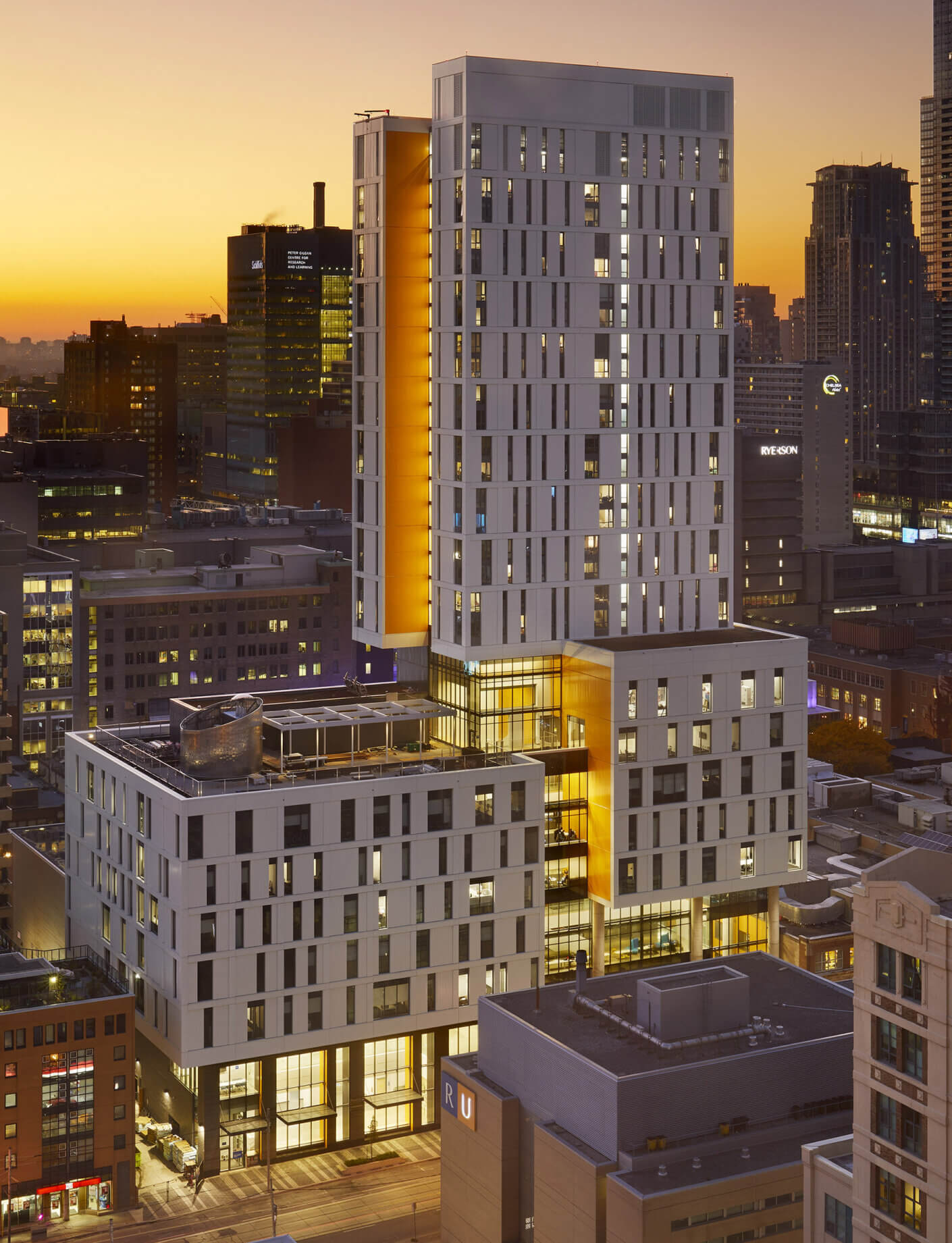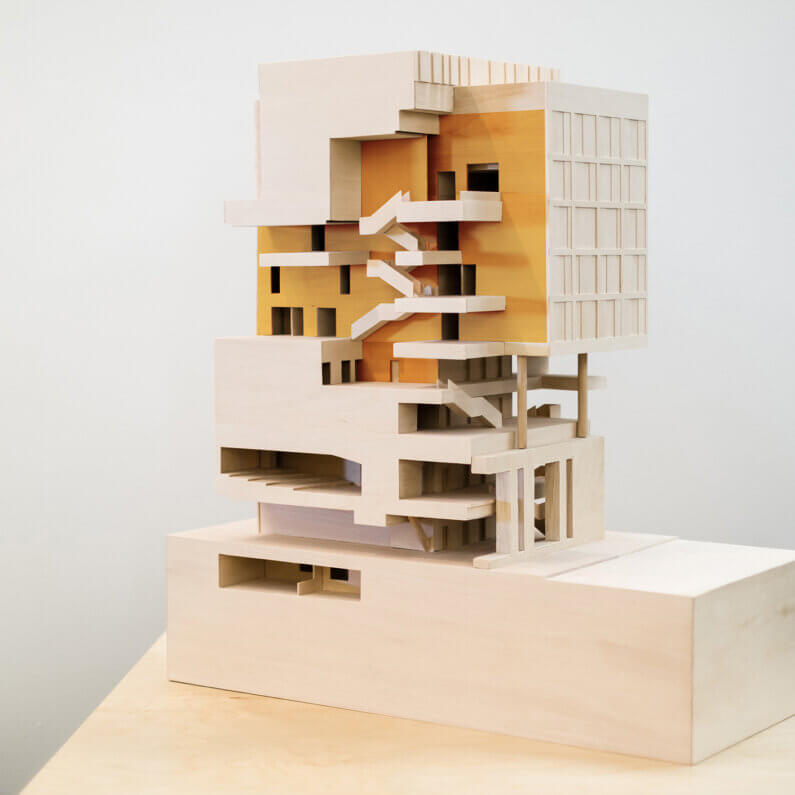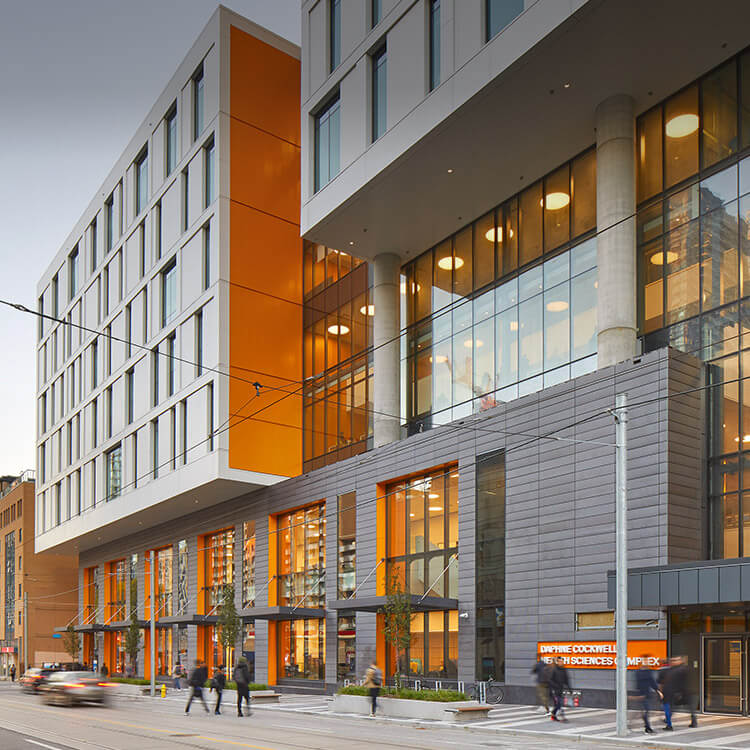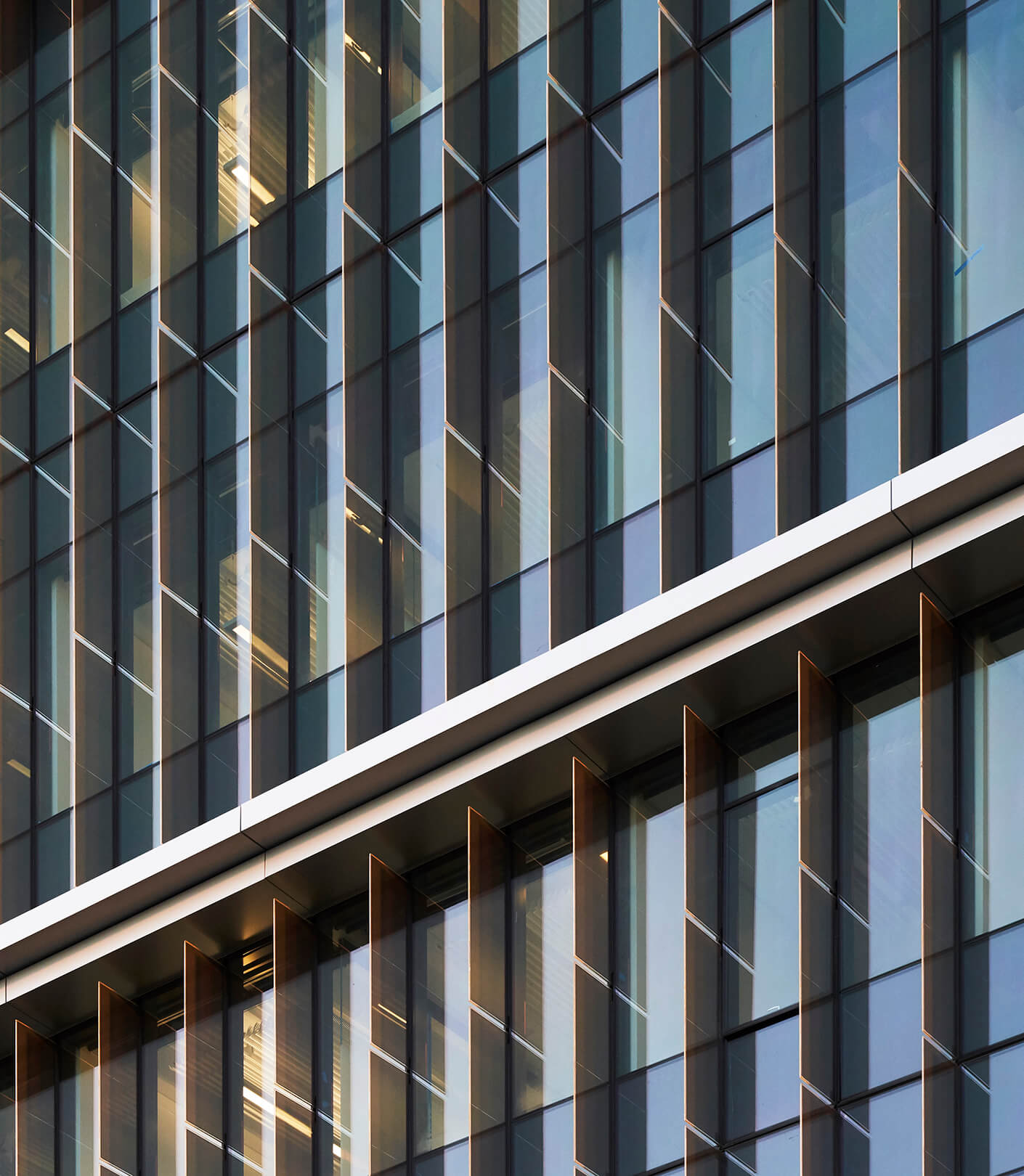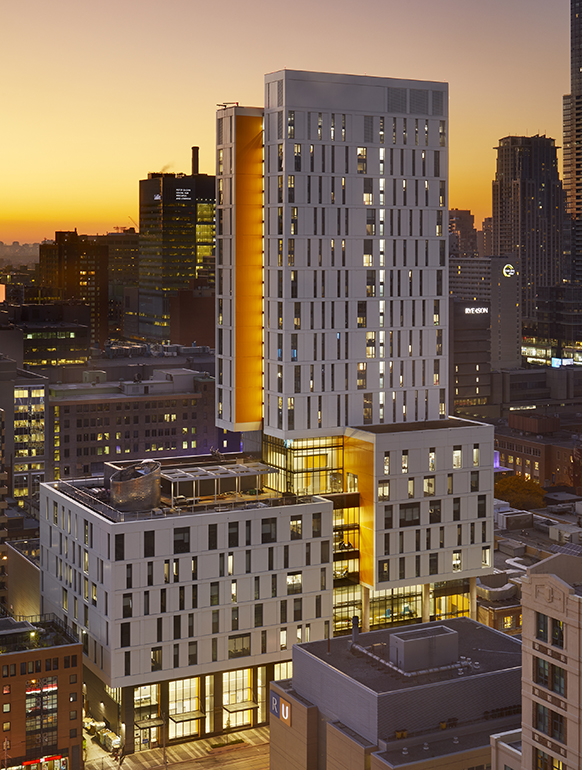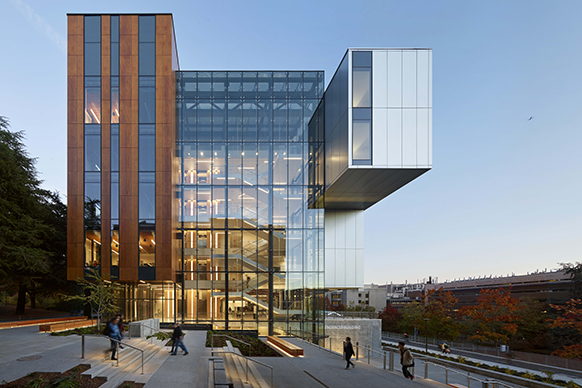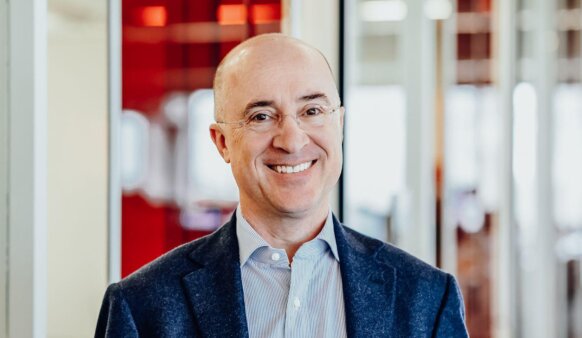Congratulations to our clients and project teams behind the Toronto Metropolitan University Daphne Cockwell Health Sciences Complex and the University of Washington Life Sciences Building for winning AIA COTE® Top Ten Awards!
The annual awards, presented by the American Institute of Architects’ Committee on the Environment, recognize 10 innovative and high-performing projects for their integration of design excellence and environmental performance. Since 2004, six of our projects have won a COTE Top Ten Award.
“We’re honored that two of our projects received this exceptional recognition,” says our firmwide Director of Sustainability Paula McEvoy. “We owe a debt of gratitude to our clients, whose vision and leadership made this possible, and whose commitment to human and ecological well-being is a core value we share.”
Here’s a look at the winning projects:
